In chess, beyond the individual piece movements and tactical maneuvers, one element stands out as a linchpin of success–space. Space is not simply an abstract concept; it’s the key to domination, control, and strategic supremacy.
Space is a multifaceted concept that encompasses both offensive and defensive dimensions. Properly managing space can dictate the flow of the game, determine piece mobility, and create opportunities for launching devastating attacks or constructing impenetrable fortresses. It’s a concept that transcends the basic movements of the chess pieces, providing a deeper layer of strategic depth that separates novices from masters.
In this comprehensive exploration of space in chess, we will delve into the nuances of this critical concept. This journey into the realm of space will undoubtedly sharpen your understanding of the game and elevate your play to new heights.
This post contains affiliate links. Please read our disclosure.
Understanding Space in Chess
“Space” in chess refers to the territory and control that each player exerts over the chessboard. It’s not about physical space, but rather the influence a player’s pieces have over squares on the board. Controlling space strategically is a fundamental aspect of the game. When a player effectively controls more squares or restricts the opponent’s piece mobility, they gain a positional advantage. This advantage can translate into opportunities for stronger attacks, better piece development, and a greater overall influence on the game’s outcome. Chess masters excel in the art of managing and maximizing space, maKing it a pivotal concept in their strategic arsenal.
The Central Battlefield: Centralized Space Control
In the world of chess, the center of the board is often referred to as the “central battlefield.” It’s where the action unfolds, and controlling this space is a cornerstone of strategic play. The central squares—d4, e4, d5, and e5—serve as the nucleus of your chess strategy. Placing your pieces in or exerting influence over these squares can significantly impact your game.
Why is central control so crucial? When you dominate the center, you not only open up avenues for your pieces to move freely but also limit your opponent’s mobility. This dual benefit can lead to a more harmonious and coordinated army, maKing it easier to launch attacks or defend effectively.
Consider the Pawn structures in the center. The traditional Pawn opening moves, like 1. e4 or 1. d4, are designed to stake a claim to central squares. As the game progresses, Pawn exchanges can alter the central structure, so you must adapt your strategy accordingly. Central control isn’t just about placement; it’s about adapting to the ever-changing dynamics of the board.
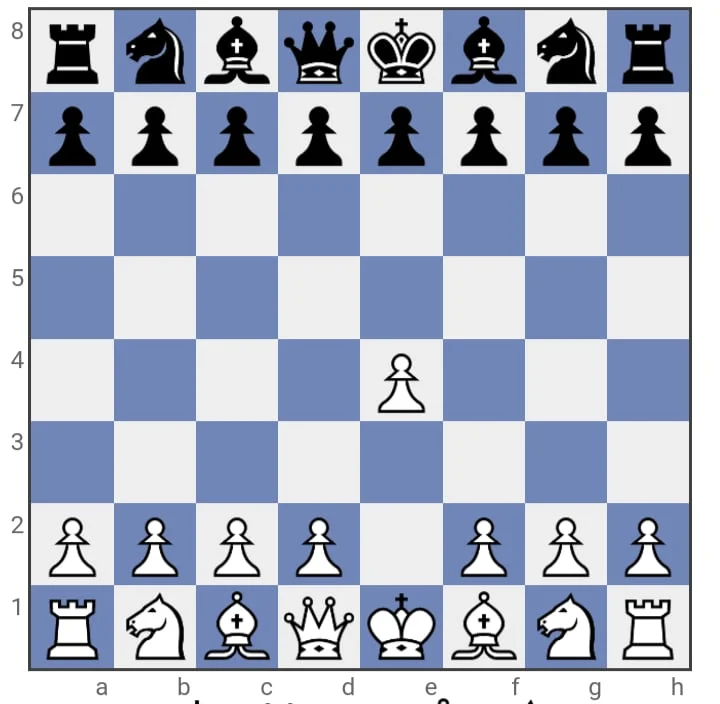
Pawns: Building Blocks of Space Control
Pawns may be the humblest pieces on the chessboard, but they play a pivotal role in space control. They act as the foundation upon which your positional advantage is built. The way you move and position your pawns can directly influence your spatial dominance.
Two key Pawn structures are often associated with space control: the Pawn chains and Pawn islands. A Pawn chain consists of Pawns linked together diagonally, often seen in openings like the French Defense. This structure can provide solid control of specific squares and restrict your opponent’s piece movements. Additionally, they can serve as a foundation for launching Pawn breaks and initiating dynamic attacks, maKing them a valuable asset in a player’s arsenal.
Here is an example of a Pawn chain structure:
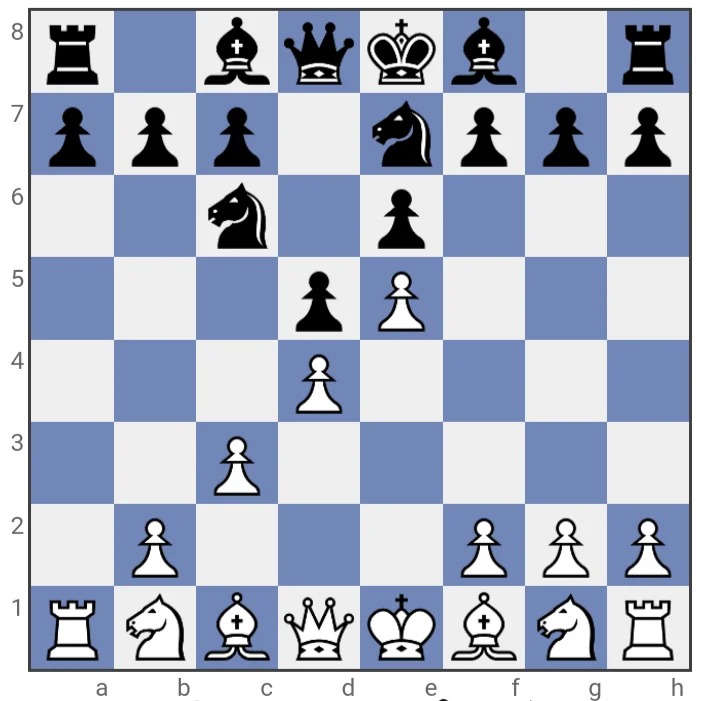
As you can see, the pawns on either side are well connected and protect each other.
Conversely, Pawn islands refer to isolated groups of pawns. Minimizing Pawn islands can help maintain a more compact and connected structure, maKing it easier to control space.
In the following illustration, we can see White’s Pawn structure consists of four distinct Pawn islands:
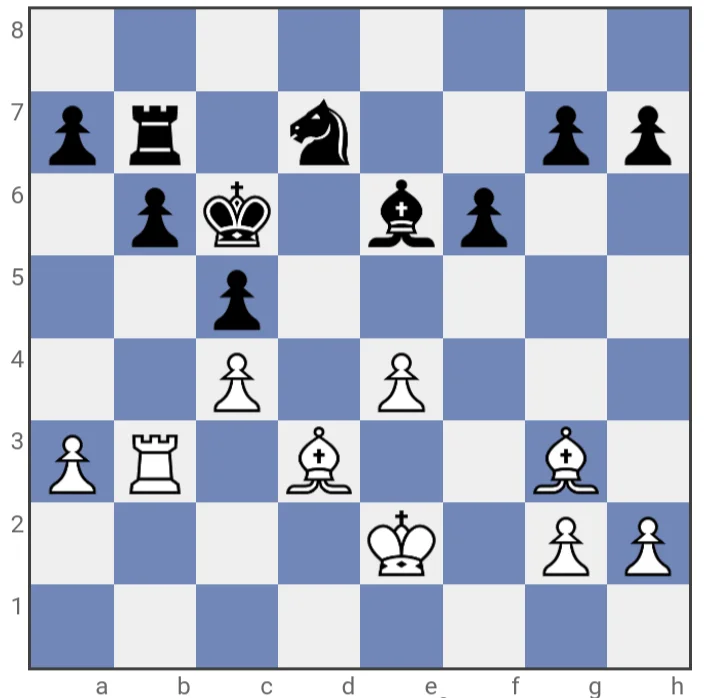
White’s isolated pawns lack the support of neighboring pawns, making them vulnerable to attack and difficult to defend. They can create weaknesses in a player’s position, providing the opponent with potential targets to exploit, and can limit Pawn mobility, which is crucial for controlling the board and launching effective attacks. Minimizing Pawn islands and maintaining Pawn structure cohesion is often a key element of sound chess strategy.
Don’t underestimate the power of Pawn breaks. Pawn breaks involve advancing a Pawn to challenge or disrupt your opponent’s Pawn structure. Timely Pawn breaks can crack open the position, creating opportunities to infiltrate and exploit weaknesses in your opponent’s territory.
Here we can see an example of a position before White advances its Pawn with a goal of breaking Black’s Pawn structure:
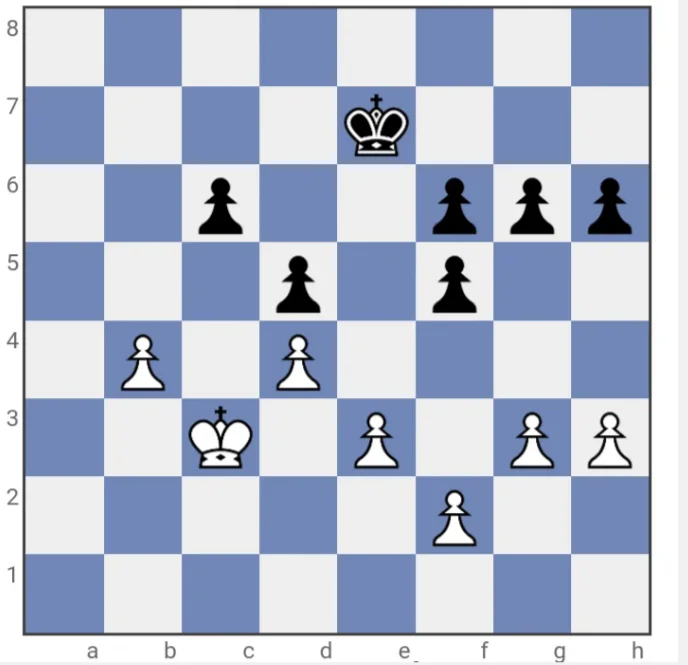
Should Black choose to capture, it would result in the isolation of a Pawn on the d-file, a move that weakens its overall position. Executing tactical maneuvers like this can fine-tune your strategy and provide a distinct advantage in various situations of the game.
Piece Placement: The Art of Spatial Harmony
While pawns lay the foundation, your other pieces—Knights, Bishops, Rooks, and the Queen—add the finishing touches to your spatial masterpiece. The art of piece placement is about harmonizing your forces to exert maximum influence over the board.
Consider the knights. Placing them in the center during the opening can provide excellent central control, as they cover key squares and support Pawn advances. Knights on the rim, on the other hand, have limited mobility and less impact on central squares. Bishops, with their long-range diagonals, can play a critical role in controlling central and flanking squares.
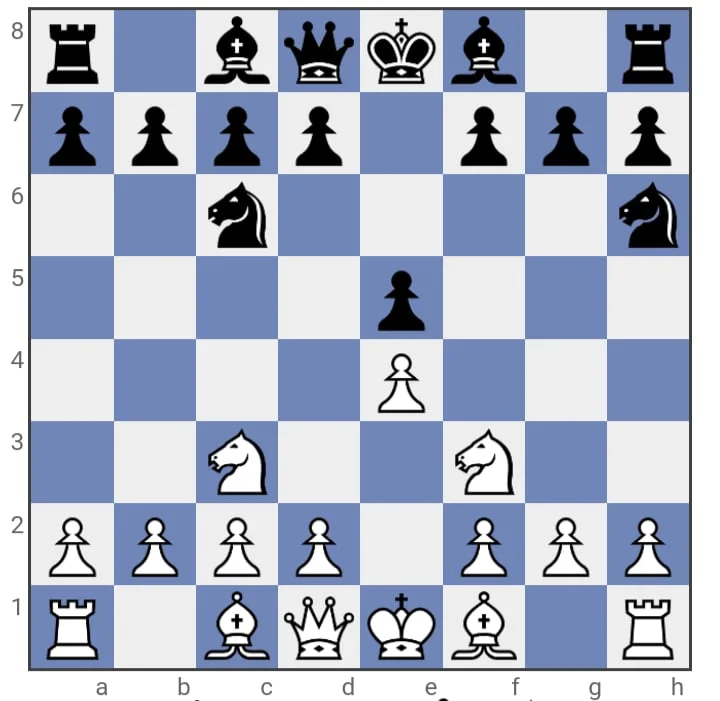
Rooks and Queens thrive when they have open lines and semi-open files, often achieved through Pawn exchanges in the center. The control they exert over these files can lead to powerful attacks or effective defense. Proper piece coordination ensures that your forces work together seamlessly to maintain space control and create opportunities for tactics and strategic maneuvers.
Dynamic Space Control: Flexibility and Maneuverability
Chess is a dynamic game, and your ability to adapt and maintain space control as the game unfolds is crucial. A position that starts with a well-controlled center and harmonious piece placement can evolve into a complex tactical battle. This is where flexibility and maneuverability come into play.
Flexibility in chess means being prepared to adjust your strategy based on your opponent’s moves. It involves recognizing when to advance or exchange Pawns to open up lines for your pieces or when to maintain a solid structure to deny your opponent opportunities. For example, a well-timed Pawn break can lead to a breakthrough, but it must be executed with precision to avoid weakening your position.
Maneuverability, on the other hand, is all about positioning your pieces optimally to maximize their influence. Knights can hop from square to square, Rooks can control open files, and Bishops can patrol diagonals. Anticipating your opponent’s plans and positioning your pieces to counteract them will allow you to maintain your spatial advantage while disrupting your opponent’s strategy.
The Endgame: Space Advantage and Converting it to Victory
As the game progresses and the board empties of pieces, space advantage becomes even more critical, particularly in the endgame. The endgame is where you must convert your spatial dominance into a tangible advantage, such as a passed Pawn or a more active King.
A central theme in endgame strategy is the principle of “King activity.” A well-placed King can be a game-changer, so ensure your King is centralized and active. Use it to support your remaining pieces and participate in Pawn promotion races when applicable.
Another key aspect of endgame space advantage is Pawn promotion. If you have a spatial advantage, you’re more likely to advance your pawns down the board, aiming for promotion to a Queen or another powerful piece. This can put tremendous pressure on your opponent and often leads to a winning position.
Understanding how to transition from the middlegame to the endgame while preserving your space advantage is a hallmark of advanced chess strategy. It requires careful planning, precise calculation, and a deep appreciation for the importance of space in securing victory.
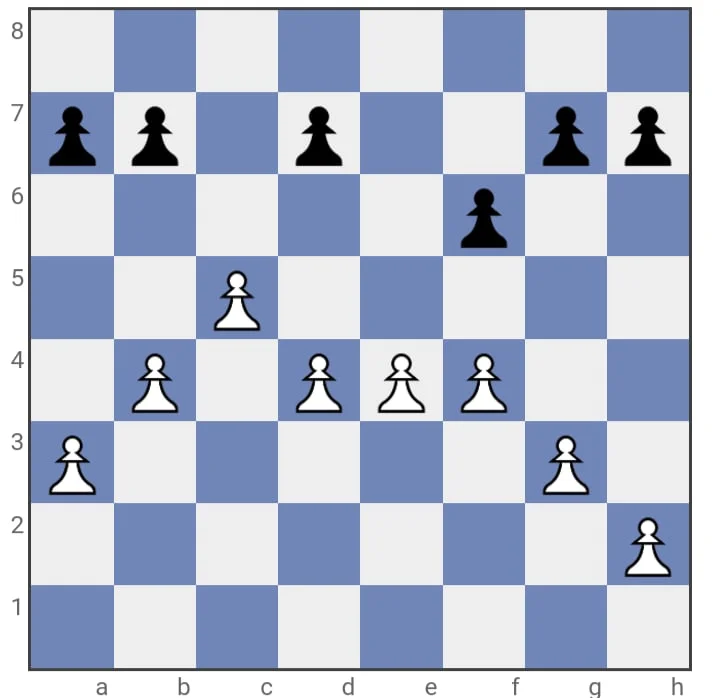
Tips for Beginners: Applying Space Advantage
In the preceding sections, we’ve explored the intricate world of space advantage in chess, from central control to Pawn structures and piece placement. Now that you have a solid foundation in these essential concepts, it’s time to put your knowledge into action and elevate your chess game.
Here are some practical tips that will help you apply the space advantage principles we’ve discussed:
1. Control the Center: Just as we emphasized earlier, the center of the board is your focal point for space control. Develop your central Pawns and pieces early in the game to exert influence over these critical squares.
2. Pawn Structure Matters: Building and maintaining a strong Pawn structure is key. Minimize Pawn islands and create Pawn chains to bolster your spatial dominance.
3. Harmonious Piece Placement: Ensure your pieces work together seamlessly. Knights, Bishops, Rooks, and the Queen should all play their roles in controlling squares and lines on the board.
4. Adapt and Be Flexible: Be ready to adapt your strategy based on the evolving dynamics of the game. Execute well-timed Pawn breaks and maintain your spatial advantage when necessary.
5. Endgame Mastery: As the game progresses, focus on endgame principles like King activity and Pawn promotion to transform your space advantage into a winning position.
These tips are your practical guide to implementing the space advantage strategies discussed earlier. Integrating these concepts into your gameplay and learning from your experiences will enhance your chess skills and enjoy more rewarding games.
Conclusion
Space advantage, as we’ve explored in this article, serves as a fundamental pillar of success in the chess world. Understanding and mastering space advantage can significantly impact your gameplay. Apply the tips provided here to your games, and don’t shy away from exploring additional resources to deepen your understanding. As you do, you’ll find yourself not only controlling the squares on the board but also mastering the essence of chess strategy itself.